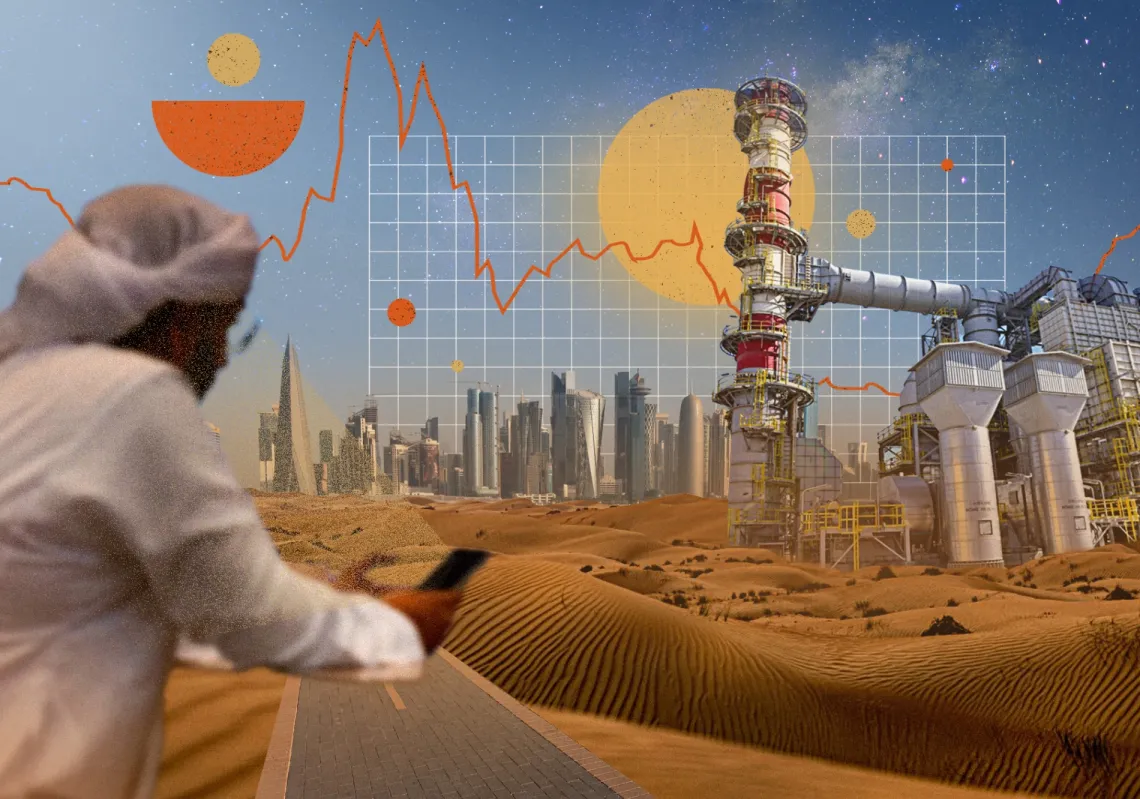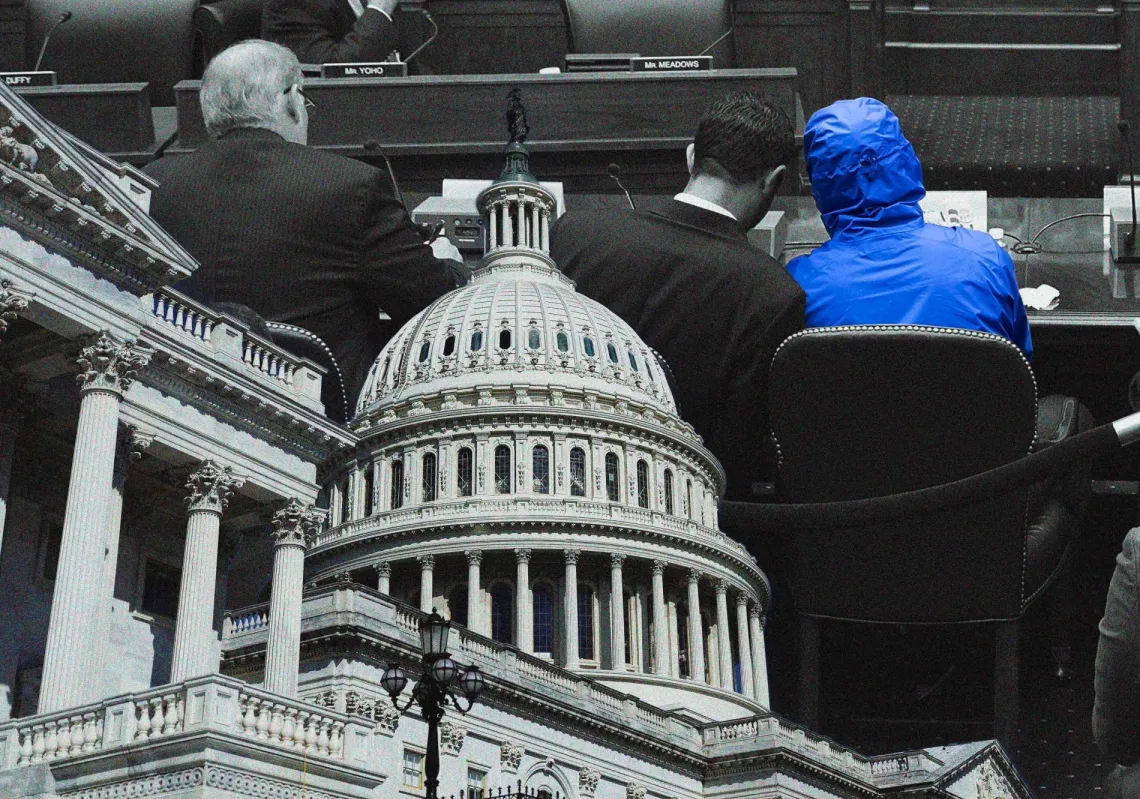When visiting a doctor a few years from now, you can expect to be accompanied by a virtual version of yourself. This so-called digital twin will be a working model of your body that can be summoned onto a physician’s computer screen. Updated with your latest vital signs, it will help the doctor make an accurate diagnosis. It also opens the door for medicines and procedures designed specifically for you, greatly increasing recovery rates.
This might seem like fantasy, but the foundations are being laid. Researchers at Queen Mary University of London already use computer simulations of the hearts of individual patients to evaluate different treatments for atrial fibrillation, a common disorder. It would be far too risky to experiment this way on someone’s real heart. With other organs also being twinned by scientists, it seems likely they will eventually link up to form a virtual body.
As our Science & technology section reports, digital twins are starting to pop up everywhere. Among other things, they monitor the health of jet engines on airliners, keep track of Uber’s network of vehicles and replicate Amazon’s extensive supply chain well enough for the online retailer to accurately forecast sales several years ahead. They are helping local authorities respond to the effects of flooding and letting carmakers shave years off the development of new models by simulating test drives and crashes. Twins are also being developed to help manage factories, companies and entire cities. All this is being turbo-charged by recent progress in artificial intelligence (AI), which gives twins the ability to make predictions about their physical counterparts, and fine-tune themselves on new data.
Digital twins began as basic computer models of physical objects and systems. As computers have become more powerful, twins have become more sophisticated. Complex design and modelling software means many physical objects initially take shape in the virtual world. Small sensors, capable of measuring all sorts of things, feed twins with real-time data, ensuring that they mirror their physical counterparts. A Formula 1 racing car, for instance, may have more than 250 sensors updating its digital twin during a grand prix.














